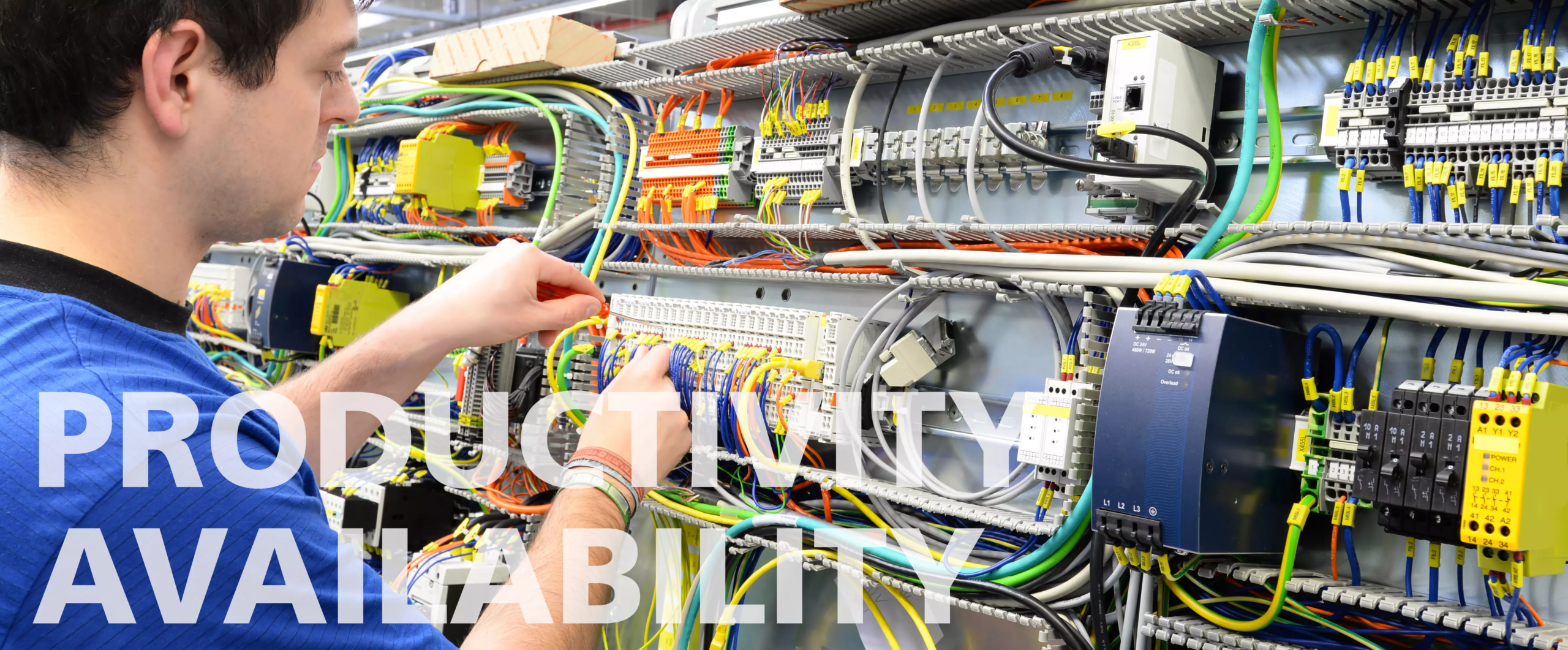© Copyright PULS GmbH
Popular
- Parallel connection and redundancy of power supplies –...28. November 2022
- Rust on power supplies: How harmful is corrosion?23. March 2022
- What does daisy chaining mean for power supplies?20. October 2022
- How to correctly measure the efficiency of a power supp...22. September 2022






What is the meaning of the IP ratings for power supplies?
The IP rating indicates to what extent an electrical device is protected against the penetration of foreign objects and moisture. In this blog post, you can find out which IP codes there are, what the differences are between them and what you need to pay attention to when choosing a power supply. Environmental influences such […]
Analysing backfeeding events with the help of power supply data
Backfeeding is a physical process that is highly desirable in many applications, such as electric vehicles, for the purpose of energy recovery. However, in an industrial setting, backfeeding can be a problem and lead to costly system downtimes if the power supply units fail. In this blog article you will learn how power supply data […]
Efficient power supplies – An investment in the future
In the search for a suitable power supply, the costs play a major role, alongside the technical requirements. The focus is often on the initial purchase price, while other potential costs that may be incurred during the operation of the power supply are not taken into consideration. In this blog post, we demonstrate why the […]
What does the MTBF (Mean Time Between Failures) tell you?
MTBF is the measure for the reliability of a device or system component. In this blog article you will learn what exactly is meant by MTBF, why it is an important quality indicator for power supplies and how it differs from service lifetime. The term MTBF appears in the data sheets of various technical system […]
How can the availability of a system be increased?
For plant operators, the primary goal is to ensure maximum availability of machines and systems. This requires a reliable power supply throughout the entire lifetime of the system. Therefore, it is important that the applied power supplies are reliable, safe and durable. Within a power supply system, however, the power supply unit is often just […]